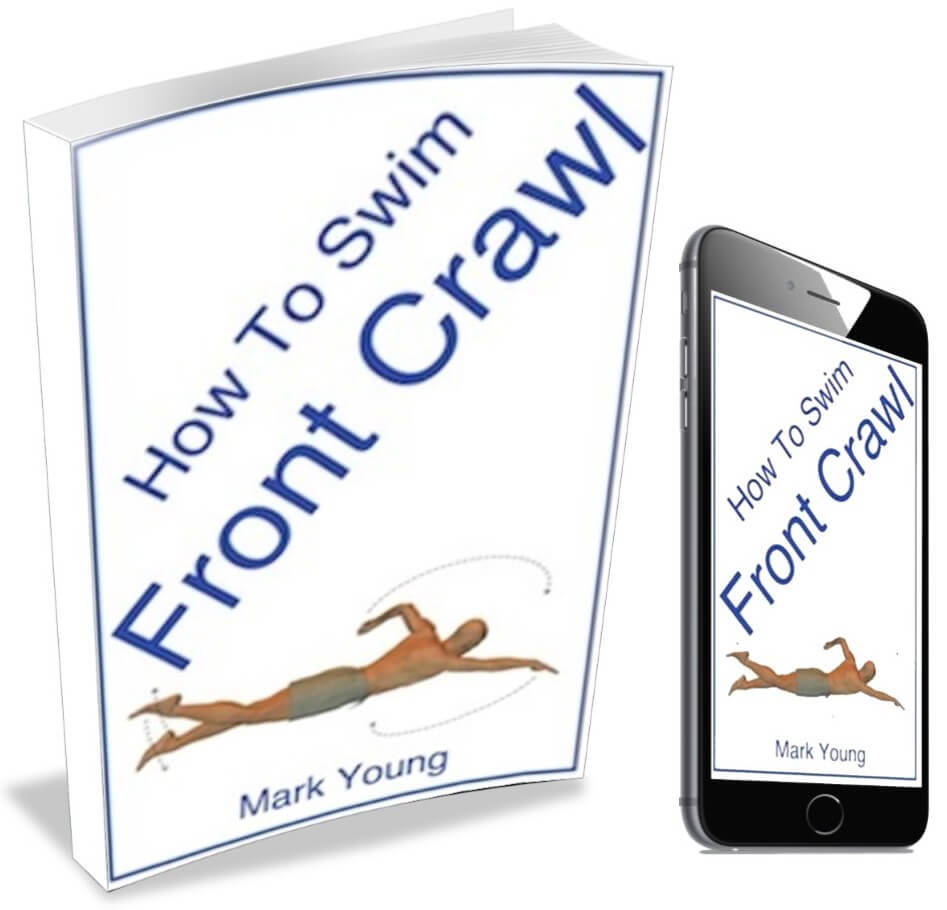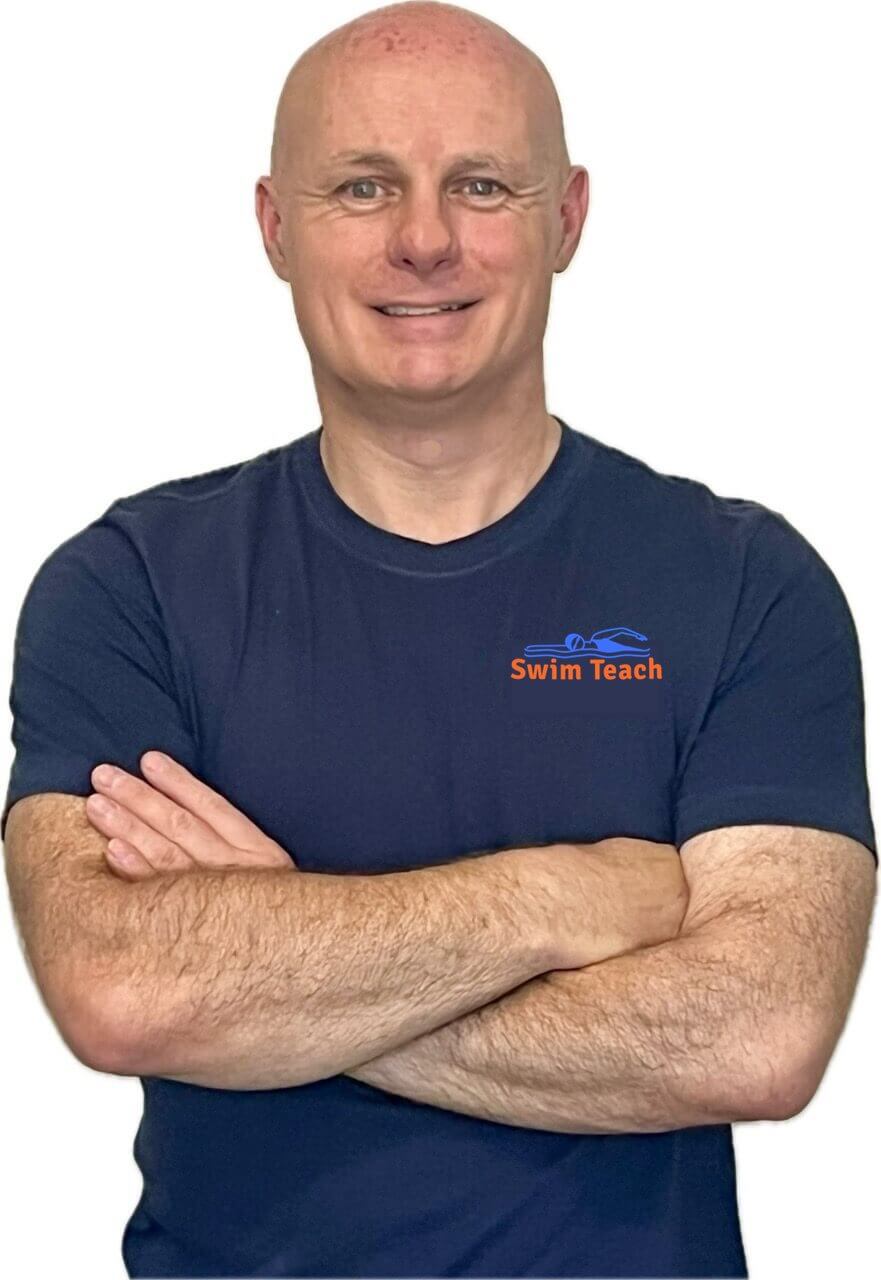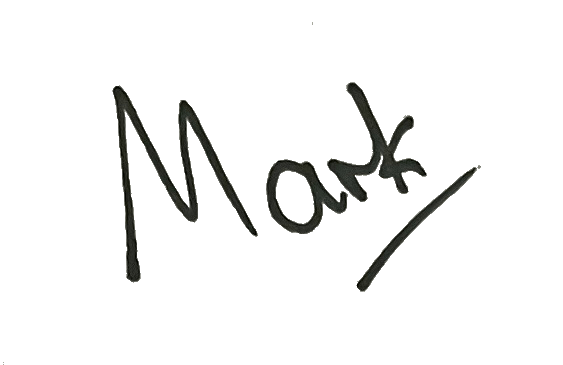- Swim Teach Home
- front crawl
- Front Crawl Breathing Timing
- Front Crawl Coordination
Front Crawl Coordination
I need help with my front crawl coordination. The coordination between arms and feet is my problem. I use 4 kicks but seem to slow down when just kicking than when I just use my arms. I can feel more resistance when I am kicking.
It is very common to feel resistance when just kicking, especially if you use a kickboard because the board itself causes resistance.
Also, if the kick is not relaxed enough, then the legs will feel heavy, and the downbeat of the kick will not provide enough propulsion to maintain movement through the water.
Having said all this, it must be noted that the power and propulsion for the front crawl are provided by the arm action. The leg kick provides little, and in the case of competitive swimmers, no propulsion at all, as the legs are there mainly to balance the arm action.
The coordination between arms and legs is individual to you. A 4-beat cycle is the most common. However, some faster, shorter distance swimmers can use a 6-beat cycle, but this is more energy-consuming and requires a higher level of stamina.
Over longer distances, a 2-beat cycle is best for front crawl as it is less energy-consuming and allows the arms to provide most or all of the power.
If you wish to develop your front crawl leg kick further, you may consider trying some fins. They will help you to kick in a relaxed way and help develop your leg kick technique.
My ebook How To Swim Front Crawl contains over 20 separate swimming exercises to help all parts of freestyle, including timing and coordination. You can download it, print out the parts you need and take them to your pool to try out. Click the link below for more information.
HOW TO SWIM FRONT CRAWL EBOOK: everything you need to master front crawl swimming stroke. 22 easy drills that focus on each part of front crawl technique. From body position to breathing and timing. Decades of teaching experience all packaged into 1 easy file. Download to your device and master front crawl TODAY! (click here for an INSTANT preview).
Don't miss out! Click here for more details on how to get your copy.
Front Crawl Breathing and Arm Techniques
I have a problem with front crawl breathing and arm techniques. This is my third week of lessons by a tutor at my local pool, I cannot grasp the breathing techniques, and the arm pull at the same time; after inhaling and pushing off, I am not holding my breath long enough before I breathe out for the first complete arm pull and the next breath. I appear to be fighting for air at the end and taking in a lot of water. Please help a desperate beginner who loves the crawl.
I am wondering why you are holding your breath at all. The breathing technique for the front crawl is much easier if you breathe out into the water.
There are two different breathing techniques for front crawl; explosive breathing and trickle breathing. Trickle breathing is usually the easiest and most comfortable.
To explain the difference so that you can identify which one you are attempting: explosive breathing is holding your breath until you need to breathe. At the point of needing a breath, you roll the head to the side, breath out and then in again in an almost explosive action, all in the short second that you have for the arm to recover over the water before your face has to submerge and you resume the stroke.
Trickle breathing is the act of exhaling out into the water as you swim so that at the point of needing to breathe, you roll your head to the side and only have to inhale before returning your face into the water (unlike explosive breathing, where you have to both exhale and then inhale in a very short time).
Breath-holding whilst you swim causes a large build-up of carbon dioxide in your lungs, which triggers our natural reaction to breathing. Combine this with the physical act of swimming, which causes an increase in heart rate and respiration rate and in no time at all, you have that feeling of fighting for air.
Your fitness and stamina level will, of course, determine your oxygen and energy levels. Still, at least trickle breathing will allow you to maintain a level of normality of a slightly longer distance.
Regarding the timing of the breathing technique with the arm pull, the head should roll to the side, not lift over the water surface, and it should occur as the arm is pulled back towards the hip, allowing space for the breath to take place. A good tip is to aim to look at your shoulder as you breathe. Then your head and arm position will be somewhere near correct.
My best-selling book How To Swim Front Crawl contains over 20 separate swimming exercises to help all parts of freestyle, including breathing. You can download it, print out the parts you need and take them to your pool to try out. Click the link below for more information.
I am a member of the Amazon Associates Program and I will earn a commission from qualifying purchases at no extra cost to you.




